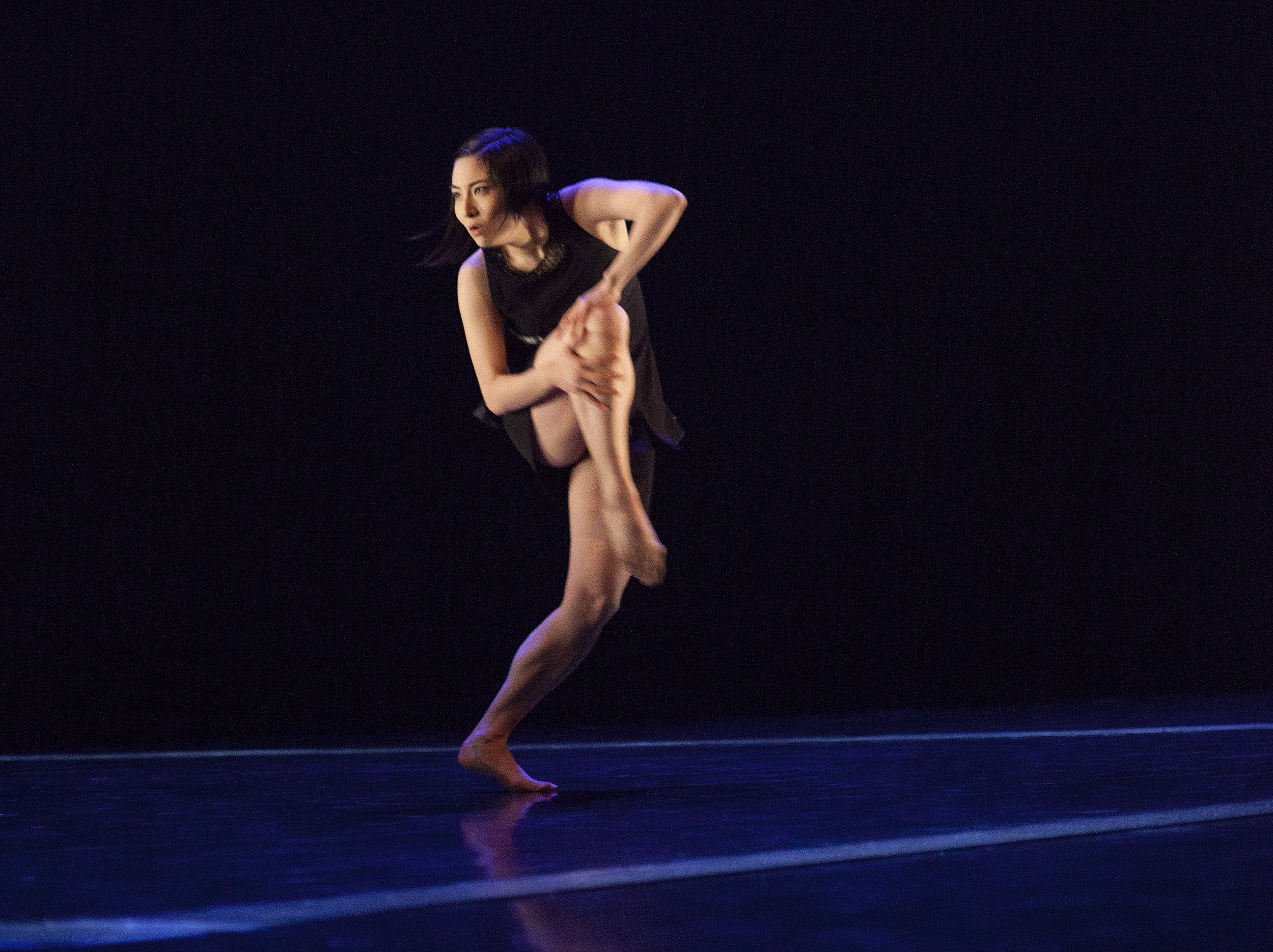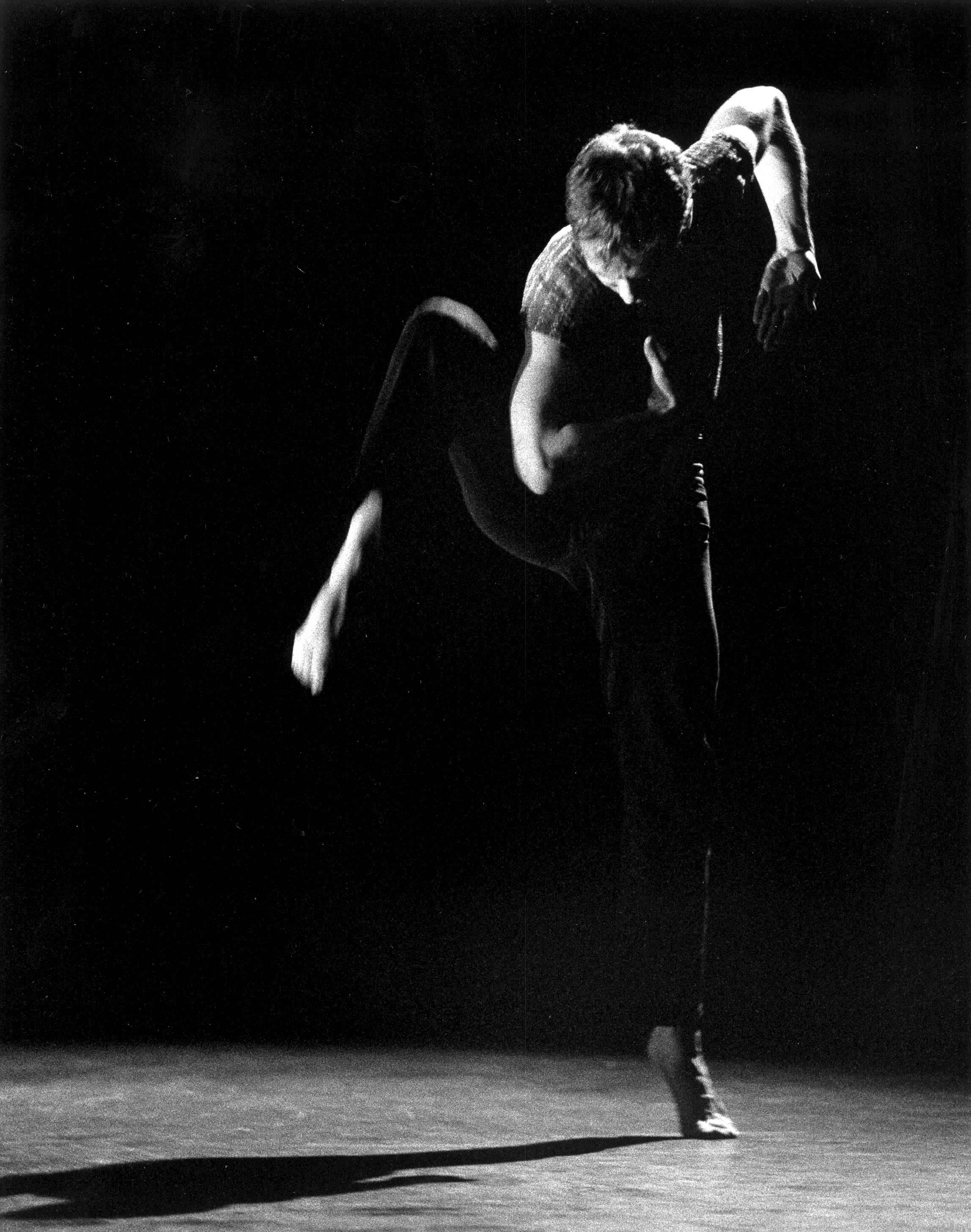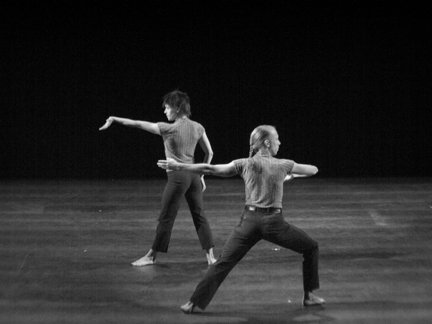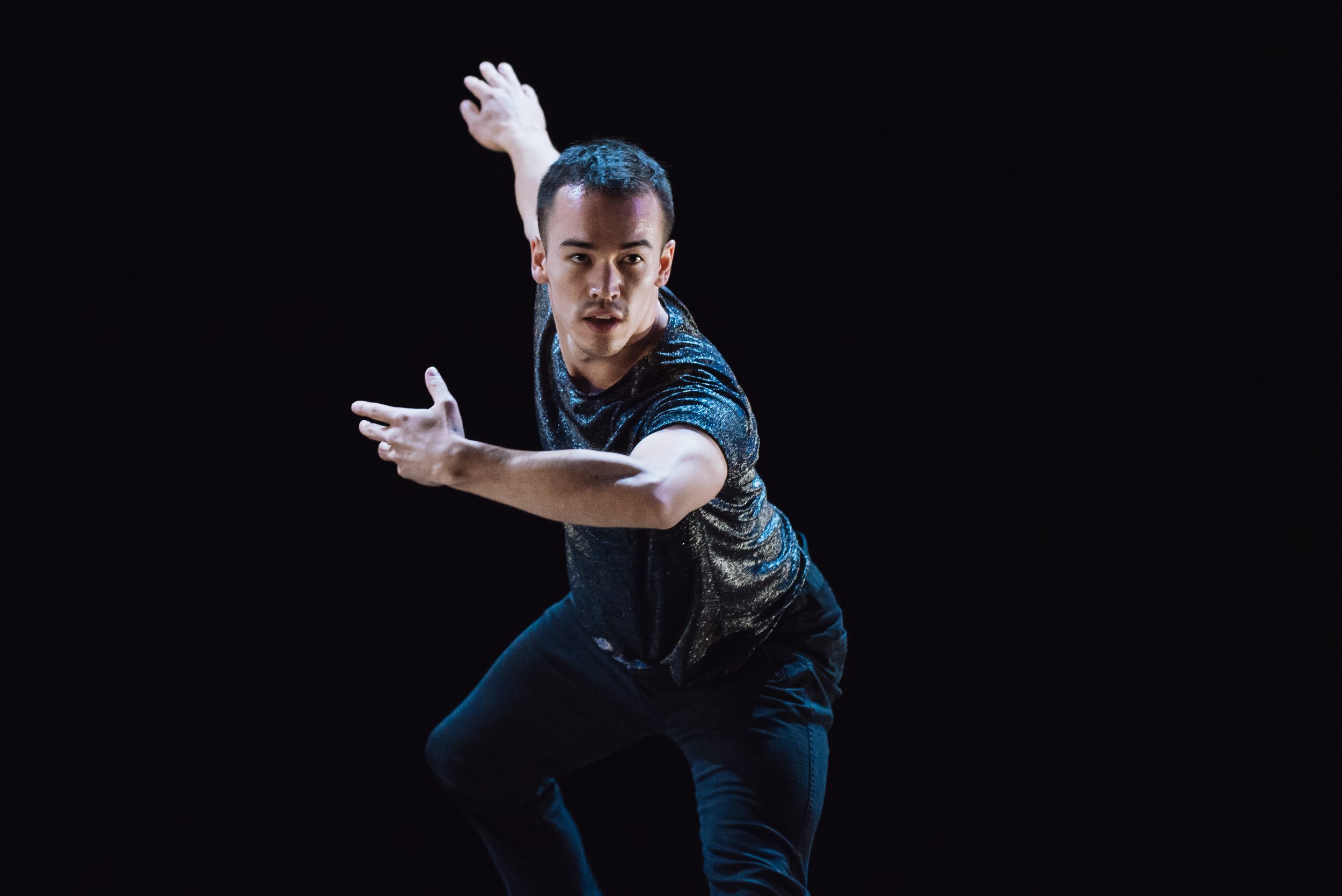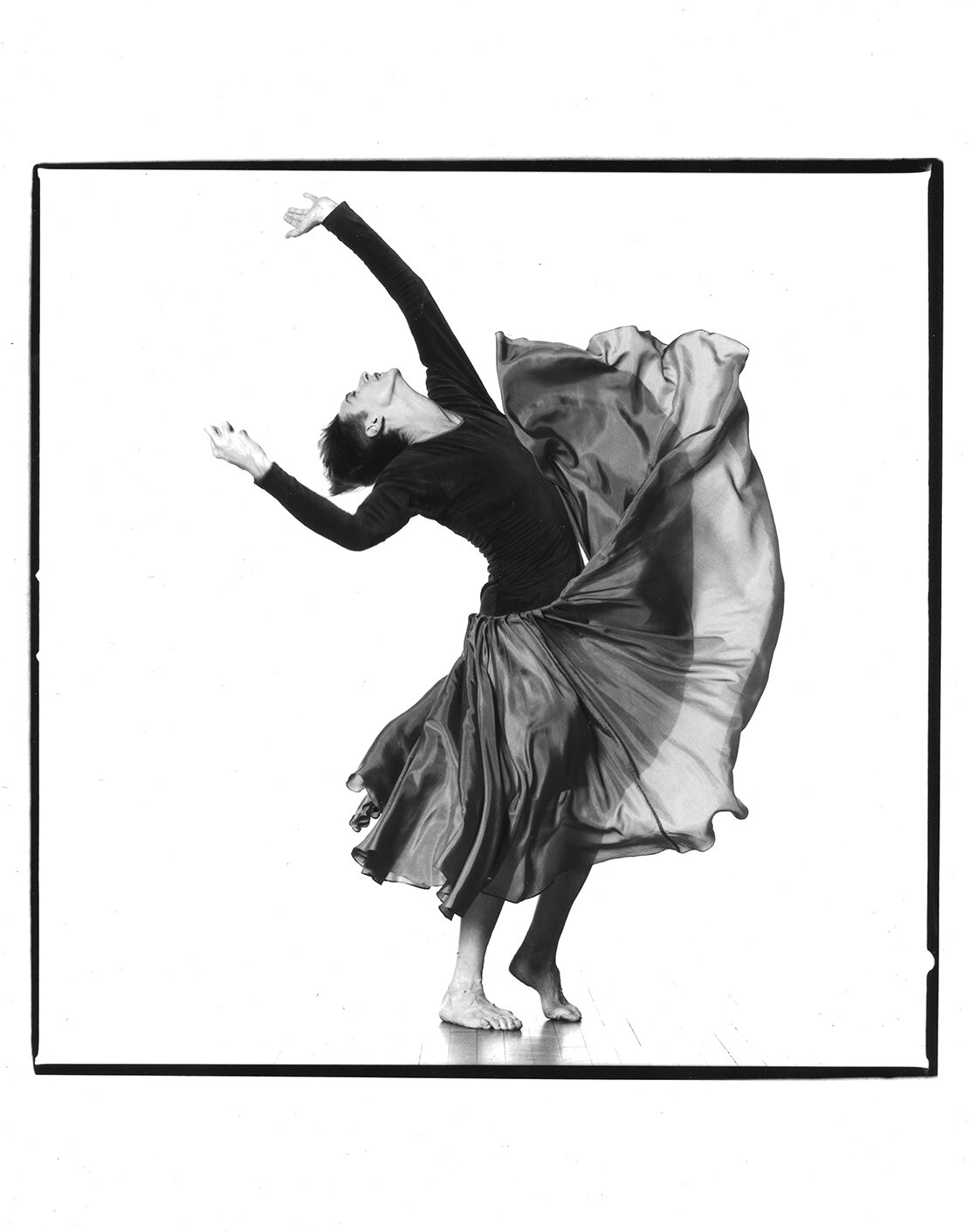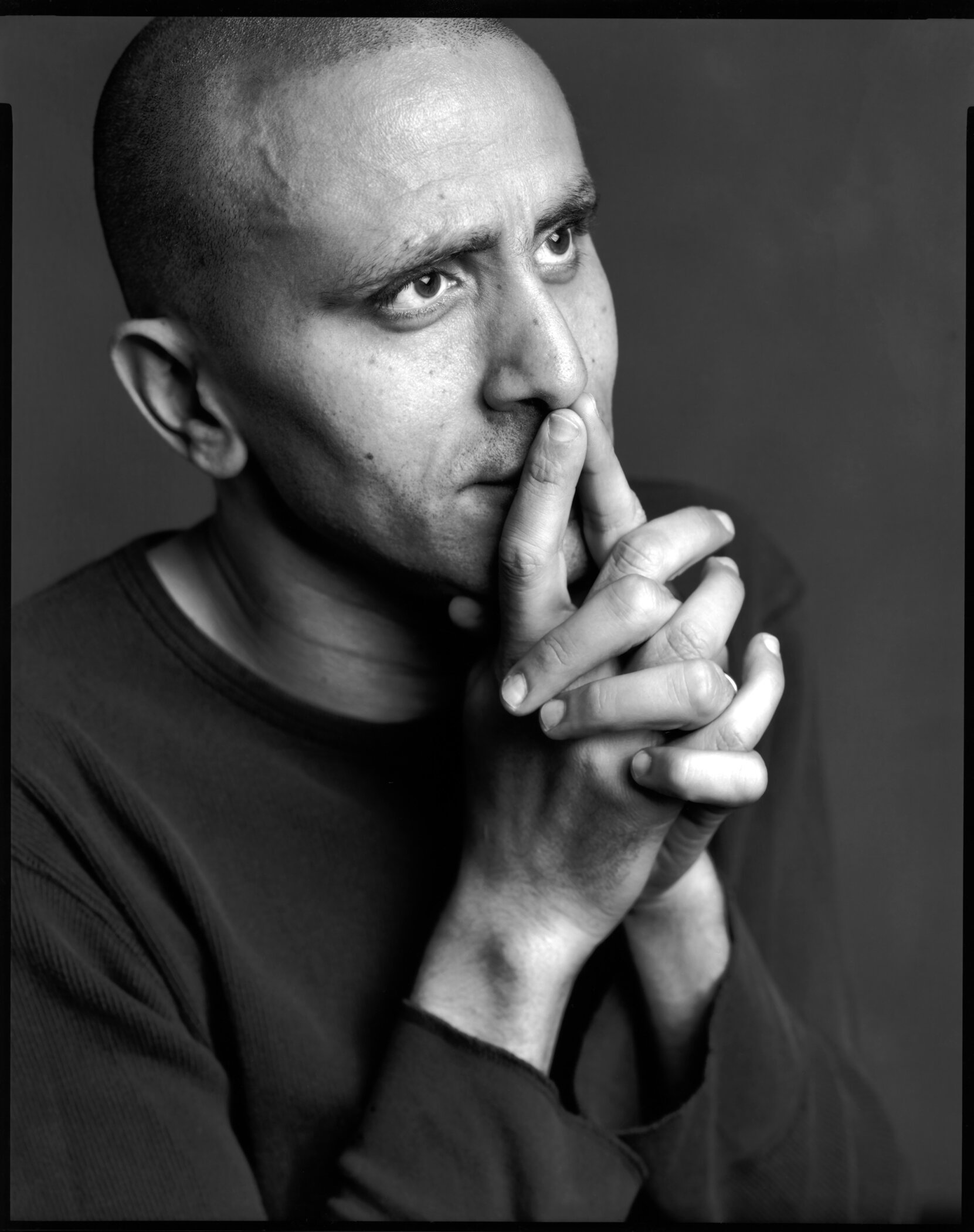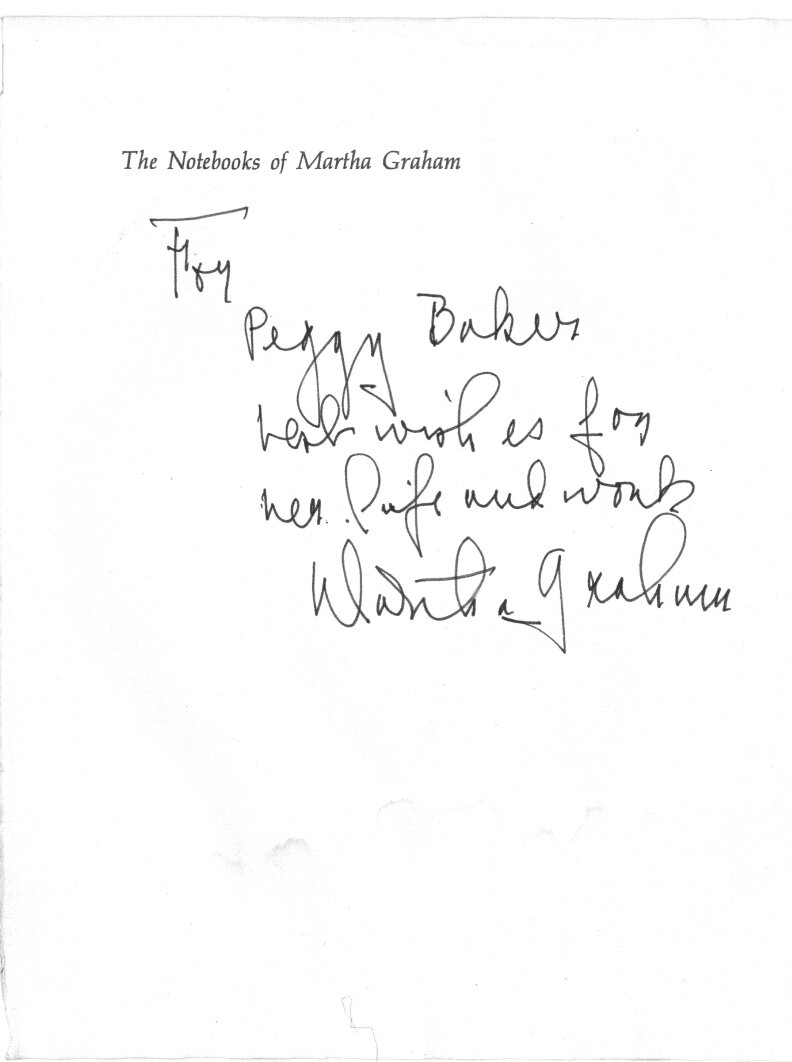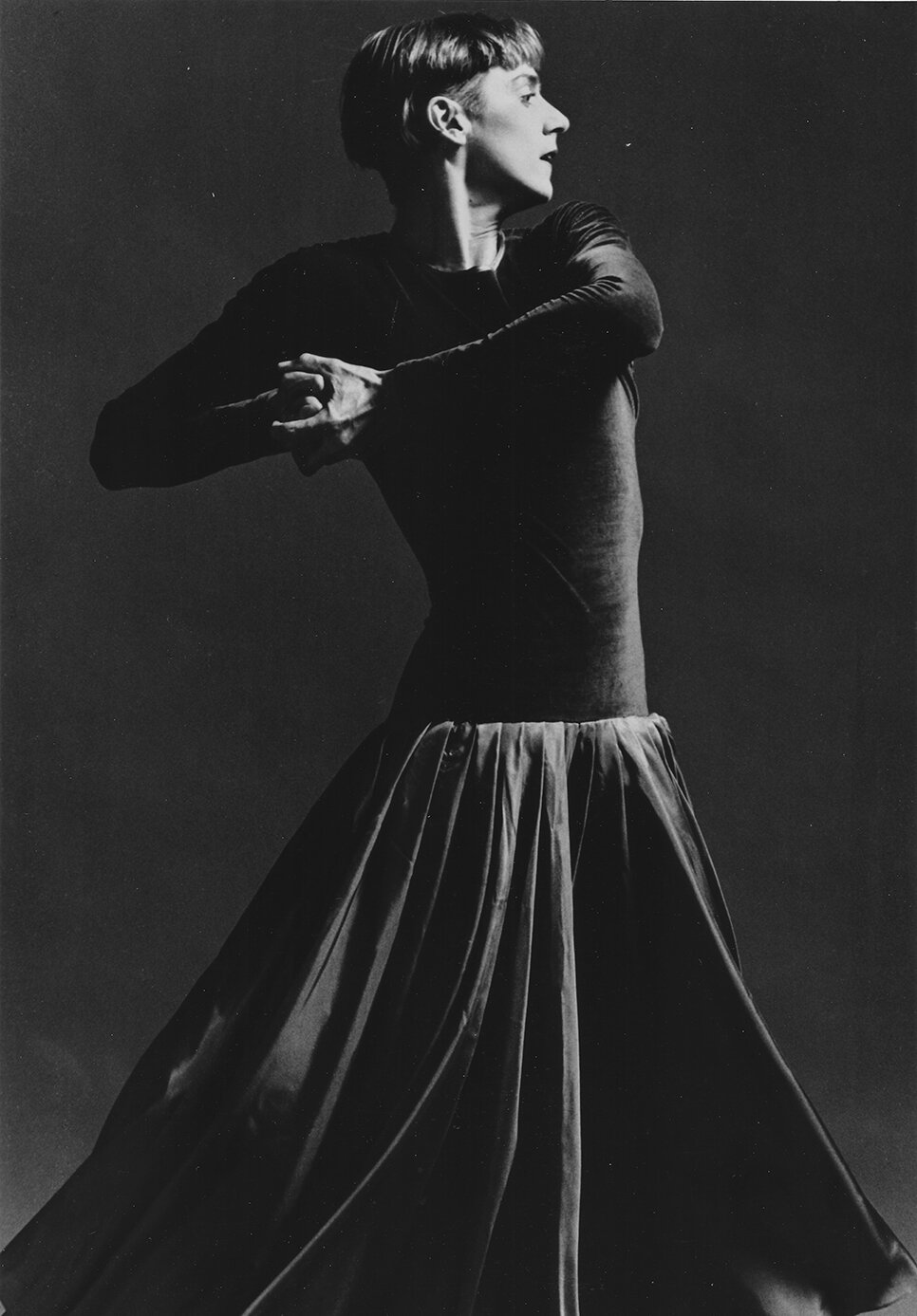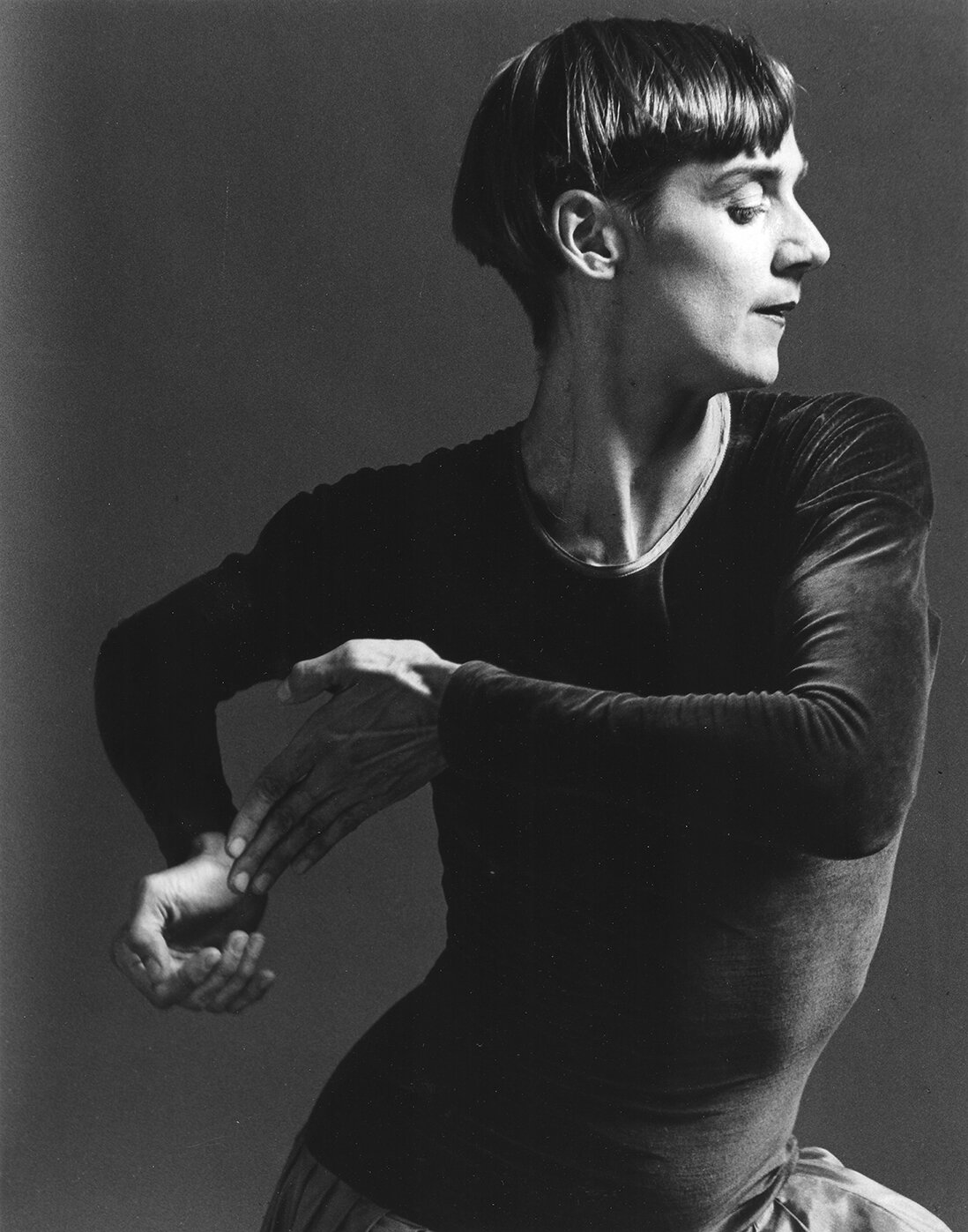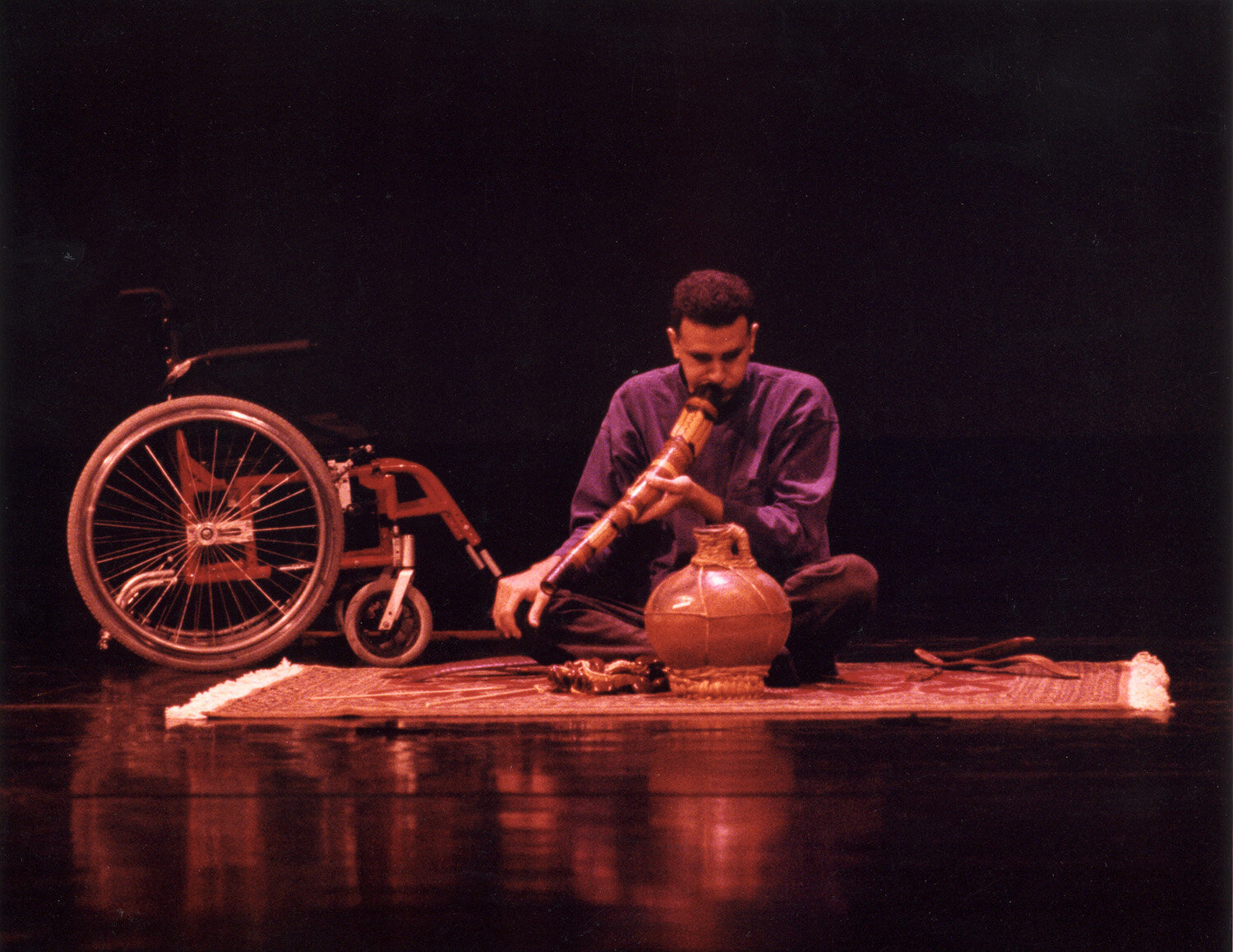Aleatoric Solo No. 1 (2013)
/Building on the creation methodology she first used in Aleatoria (2010) and then again in Aleatoric Duet No. 1 (2012), Peggy embarked on a new solo with her company’s Artistic Associate and dancer, Sahara Morimoto. Peggy writes:
The excitement of mining the movement vocabulary from my growing body of work, of allowing that material to evolve outside the framework of the choreographic context for which it was initially developed, and of focusing on new compositional forms continued to inspire me as I expanded the company’s repertoire of aleatoric dances.
Of the dancers in my group, Sahara Morimoto had by far the greatest breadth of experience within the repertoire, so working on an aleatoric solo for her offered a huge amount of source material. I invited to Sahara to choose freely from among the many dances she had inhabited, and within a just a few rehearsals we had an abundance of movement to work with. Jumping off from the double rectangles that Simon Rossiter had suggested for the duet with Nova Bhattacharya, I asked lighting designer Marc Parent to propose a frame for Sahara’s solo and he offered an elongated diamond – shallow, but wide – defined by a highly reflective mylar frame about a foot wide.
The solo began with the curtain opening on a stage being set up for the dance with improvising musician John Kameel Farah doing a sound check at a tech table on stage left, Sahara warming up in the middle of the stage, and the crew unrolling and taping down the mylar strips. Once the mylar frame was complete and the crew had exited, the first lighting cue came up and Sahara and John went directly into the performance. The detail, physical prowess, and dynamic variation of Sahara’s dancing was phenomenal. The short black shift she wore had a beaded mesh back that glinted and glittered in light reflected off the mylar frame. Sahara’s arms and legs etched the space calligraphically and the potency and gravitas of her persona elevated every moment of the choreography. PB
Discover Peggy’s impetus for her series of aleatoric works by checking out Guelph-based artist Ben Grossman and his double CD recording, Aleatoric Duets for Electro-Acoustic Hurdy Gurdy.
Photo of Sahara Morimoto by John Lauener.


